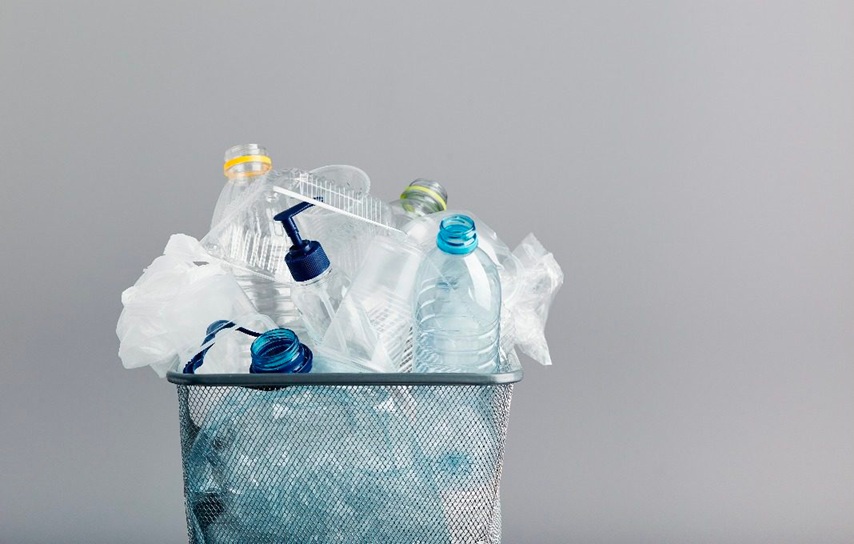Singapore’s Plastic Crisis: Why Only 5% Gets Recycled Properly
Plastic recycling Singapore has become a tale of two realities, where the gleaming efficiency of one of Asia’s most advanced city-states meets the stubborn complexity of polymer waste. Like a river that refuses to change course despite the most determined engineering, Singapore’s plastic waste streams continue to flow primarily toward incineration rather than renewal, creating one of the most pressing environmental challenges of our time.
In 2023, this island nation generated nearly one million metric tonnes of plastic waste, yet managed to recycle a mere 5% of it. To understand this paradox is to grasp something fundamental about the relationship between modern convenience and environmental consequence.
The Weight of Prosperity
Singapore’s relationship with plastic mirrors its broader story of rapid development and resource scarcity. The city-state has the second-highest per capita plastic waste volume in the Asia-Pacific region, with residents generating an estimated 87 kilograms annually. This translates to roughly 13 plastic bags per person each day, a figure that reveals how deeply embedded plastic has become in the urban fabric.
The total volume of plastic waste generated reached about 957,000 metric tons in 2023, representing a mountain of material that tells the story of a consumer society grappling with the consequences of its own success. Yet within this challenge lies an extraordinary opportunity for transformation.
The Recycling Reality
The numbers paint a sobering picture of Singapore’s plastic waste management:
• Only 5% of plastic waste was recycled in 2023, down from previous years
• Daily domestic waste per capita decreased from 0.88 kg in 2023 to 0.85 kg in 2024
• 31% of respondents stated they sometimes recycled plastic bottles, while 7% never recycled them
• The majority of plastic waste continues to be incinerated rather than recycled
These statistics reveal a system where convenience has outpaced sustainability, where the infrastructure for Plastic recycling Singapore remains underdeveloped despite the nation’s technological prowess in other areas.
The Infrastructure Challenge
The story of Singapore’s plastic recycling challenges begins with infrastructure, or more precisely, the lack thereof. Unlike countries with abundant land for waste processing facilities, Singapore faces unique constraints that have shaped its approach to waste management. The recycling industry struggles with low gate fees, rising costs, and labour scarcity, creating a perfect storm that keeps recycling rates stubbornly low.
The reliance on other countries for processing recyclables has created vulnerabilities in the system. When global commodity prices fluctuate or freight costs rise, Singapore’s recycling rates suffer accordingly. This dependency highlights the need for domestic solutions to plastic waste recycling in Singapore.
Policy Innovation and Extended Producer Responsibility
Singapore’s government has recognised these challenges and is implementing ambitious reforms. The Extended Producer Responsibility (EPR) framework for packaging waste, including plastics, will be implemented no later than 2025. This represents a fundamental shift in how responsibility for waste is allocated, moving it upstream to manufacturers and importers.
The beverage container return scheme, though delayed until 2026, represents the first concrete step toward comprehensive plastic recycling reform. This scheme will apply a 10-cent refundable deposit on pre-packaged beverages, creating financial incentives for recycling behaviour.
Key policy developments include:
• Mandatory packaging reporting requirements for companies
• Extended Producer Responsibility schemes for e-waste, food waste, and packaging
• Research into expanding EPR to other packaging types
• Investment in recycling infrastructure and technology
The Science of Second Chances
The technical challenges of plastic recycling are as complex as the material itself. Different plastic polymers require different processing methods, and contamination can render entire batches unrecyclable. Singapore’s research institutions are working to develop innovative solutions, including chemical recycling processes that can handle mixed plastic waste streams.
The formation of industry associations focused on plastic recycling represents a collaborative approach to solving technical challenges. These partnerships between waste management companies, chemical producers, and research institutions are crucial for developing the expertise needed to close the plastic loop.
Consumer Behaviour and Cultural Shifts
The most common action taken by Singaporeans to reduce single-use plastic consumption is carrying reusable shopping bags, followed by repurposing containers and reusing plastic bags. These behaviours suggest a growing awareness of plastic waste issues, though systemic change requires more comprehensive action.
The challenge lies in translating individual awareness into collective action. Like a complex biological system, changing consumption patterns requires coordinated efforts across multiple levels of society, from policy makers to individual consumers.
Economic Opportunities in Waste
The current low recycling rate represents not just an environmental challenge but an economic opportunity. The 957,000 tonnes of plastic waste generated annually contains valuable materials that could be recovered and reprocessed. Developing domestic recycling capabilities could create jobs, reduce import dependence, and establish Singapore as a regional leader in circular economy practices.
Investment in recycling technology and infrastructure could transform waste streams from a disposal problem into a resource opportunity, creating value while reducing environmental impact.
The Path Forward
Singapore’s journey toward improved plastic recycling requires a multi-faceted approach. The upcoming EPR framework provides regulatory structure, but success will depend on coordinated action across government, industry, and society. The delayed beverage container return scheme, while disappointing, offers time for more thorough planning and implementation.
The city-state’s track record of successful policy implementation in other areas provides reason for optimism. When Singapore commits to systematic change, it typically achieves remarkable results through careful planning and sustained effort.
As Singapore moves toward 2025 and beyond, the transformation of its plastic waste management system represents more than environmental necessity. It embodies the nation’s capacity for reinvention, its ability to turn constraints into innovations, and its commitment to sustainable prosperity. The challenge of Plastic recycling Singapore ultimately becomes a test of whether one of the world’s most efficient societies can apply that same efficiency to closing the loop on one of modern life’s most persistent problems.
















